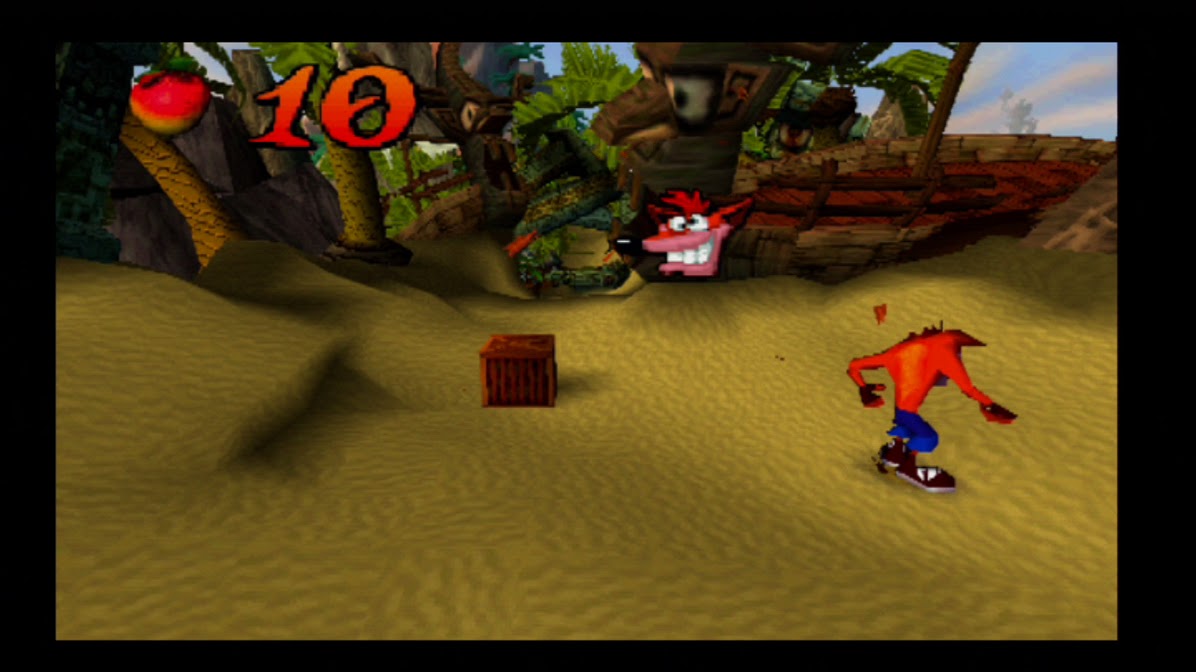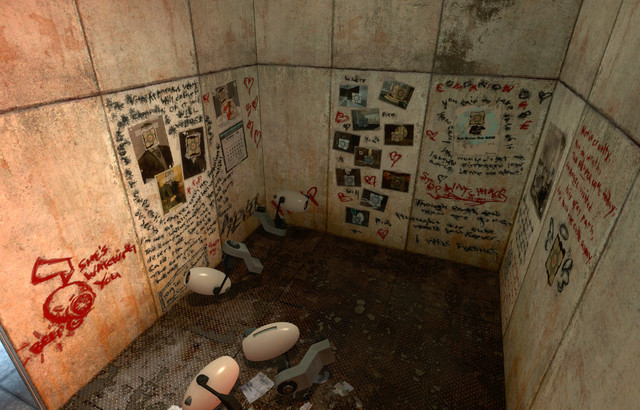So in the last few years we’ve seen almost all games’ design, indie and AAA, stagnate as they move towards highly finessed design instead of the leaps and bounds of innovation that used to be seen by successive releases from companies like id software and valve corp. I want to take the time to discuss missing things in today’s great orgy of hyper-realism and highly controlled design.
http://cloud-4.steamusercontent.com/ugc/28478872612145982/7DFD11933C16E05501ECAB66973E0CBBE7C543D6/
Quake II
Secrets
Hidden areas used to exist to encourage people to search every nook and cranny of a level, and reward them for having encyclopaedic knowledge of a game. One would think that in a time where steam sales are inversely proportional to the capacity of one's wallet, games would have begun to look for ways to not only entice the buyer, but to keep them hooked. And yet, rewarding adventurers seems have been pushed aside in place of easter eggs and collectibles, in the few games that allow people to wander off at all.
Easter Eggs seem to be next evolution of secrets, with often hard to reach areas holding a funny joke or a miscellaneous poster on the wall advertising “50% off: Rage 2, Doom 5”. While the few games that have these easter eggs, they offer no reward for the discovery of these places, either immediately or long term. The advantage of rewarding your players is that they get to have an advantage themselves over other players, perhaps getting a rocket launcher earlier than if they had not, or a speed boost for your speed runners of the game. Rewarding veteran players of your game is a no-brainer in creating a game for maximum success as it allows each player of your game to become a walking advertisement for your product. No longer are your players simply people who play the game, perhaps mentioning it in passing conversation, but avid “Hey, you must try this game!”. Easter eggs don’t do anything but had a humorous layer, very rarely are they done well enough to create a game with any form of longevity. Like everything however, there are exceptions, with things like the last easter egg from Halo 3 (2007) only being found last year, 7 years after the game’s release.
Collectibles are another offshoot of secret areas, most commonly used in third-person open world fighting games such as the Assassin’s Creed series and the Batman: Arkham series. While these games ensure players to keep coming back to the game long after beating the main story, it has several drawbacks. It has no integration with the game’s story, providing rewards in the form of a number, not a physical reward such as something simple like some spare ammo. This design isn’t a complimentary offering to the gameplay, but a forced supplement to extend the player’s playtime. It’s honestly little more than lazy design to create an expansive world and yet have most of it empty, barring collectibles.
Furthermore, collectibles offer a tangible way of knowing how many secrets you’ve yet to obtain. If your secrets are secrets then you know how many more are to be found, and by extension, have your customers put down the game upon completion. One could argue that collectibles bring more satisfaction to the players through it’s tangibility as players can see how far they are from success, but I’ve never felt anything more than frustration when trying to find all the trophies and flags in an area.
Crash Bandicoot
Lives
Once upon a time, in every game you played, you had three lives, or attempts. Be this the game, the level, the area. Unless you found more lives in the game, you stopped playing after a few tries. This was likely due to the move from arcade games to home entertainment, but it was a good design feature nonetheless. Now, as a disclaimer, not all games benefit from lives. A game like Call of Duty simply isn't built to be compatible with lives, however something like[url=http://www.java-gaming.org/topics/grapple-android-2d-platformer/35151/msg/332328/view] bornader's Grapple[/url] would work perfectly with them. Lives are a great way to impose difficulty without feeling artificial, as they façade as a form of redemption, while allows the developer much more wiggle room in the border between challenging and punishing. It also allows you to impose a steeper learning curve on your player as he replays the game many, many times.
Nowadays either dying has no impact except putting you back a few minutes, or a lot by taking everything you own. Lives are a great way to act as an intermediary between these two things. While not punishing you for a single death, it punishes you for repeated failure.
edit:
f**k hit submit topic by accident
this post is still a WIP please be kind
edit2:
okay pretty much done now you guys can discuss and whatever.
just stop laughing





